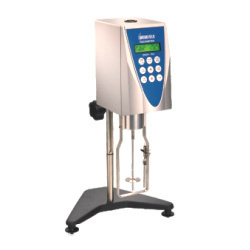Sacrificial anodes are used in cathodic protection systems in order to protect the primary metallic component(s) from corrosion. A magnesium anode is a type of metal used on boats and ships in order to protect the vessel’s other metallic parts. It first protects the area’s less active metal and acts as a corrosion barrier.
How Do Magnesium Anodes Work?
Magnesium anodes are more active than the base metal and therefore oxidizes easier. The anode’s electrons are stripped and conducted to the base metal that becomes the system’s cathode. This cathode is protected from corrosion due to the reduction occurring on the metal’s surface, rather than oxidation which occurs on the magnesium anode. For example, when a magnesium anode is electrically connected to a ship’s steel hull and water and oxygen are present, the magnesium loses electrons and goes into the solution as magnesium cations. The electrons released from the magnesium atoms will flow through a connection to the steel hull where the dissolved oxygen is reduced by gaining the electrons released. When the magnesium anode is not present, oxygen reduction occurs on the steel’s surface. As a result, the magnesium anode is sacrificed instead of the boat/ship’s hull or steel. Although the most common use for magnesium anodes is protecting a steel ship’s hull, they are also used in hot water heater tanks, ship propellers, and sometimes in pipelines.
When Should a Magnesium Anode Be Used?
When used for boating purposes, choosing between a magnesium, aluminum, or zinc anode depends on the type of water that the boat or yacht will be used in. Magnesium anodes are most effective when used in fresh water environments, aluminum anodes are most effective in brackish water, while zinc/aluminum are most effective in salt water environments.



Follow Us!